(22660 products available)








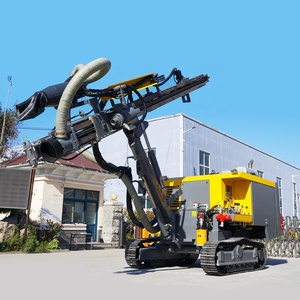
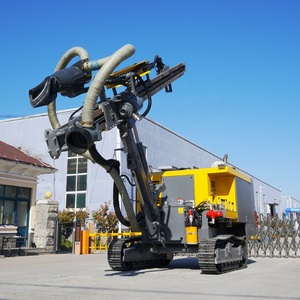







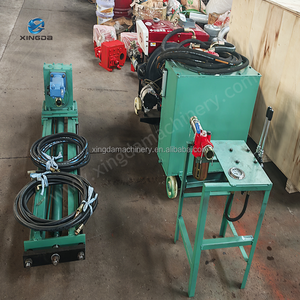





























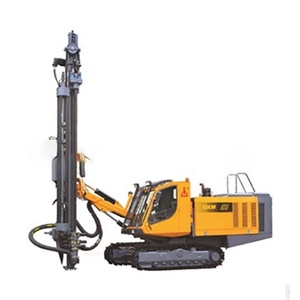
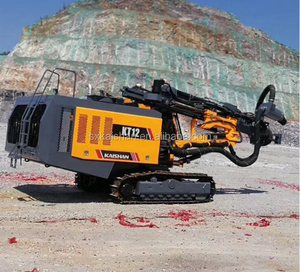

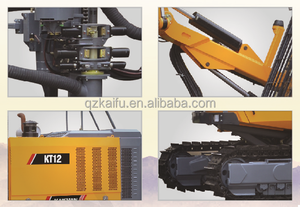




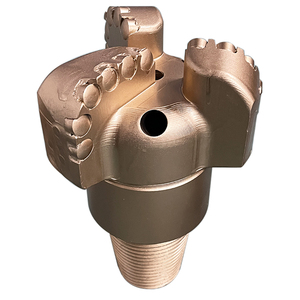
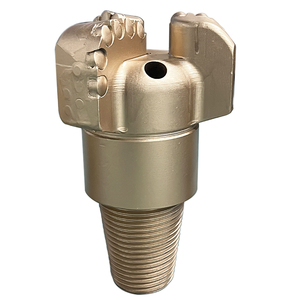









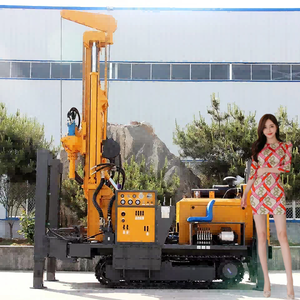


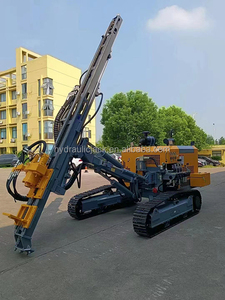
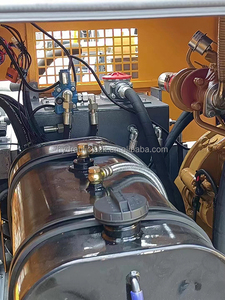
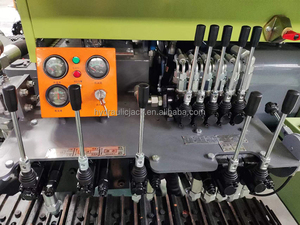




















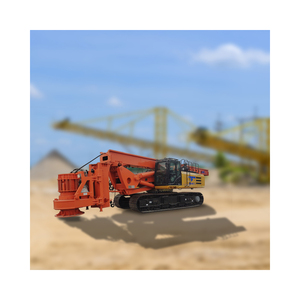










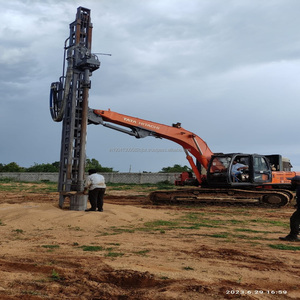





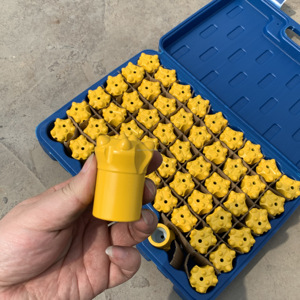
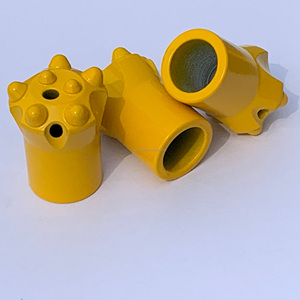


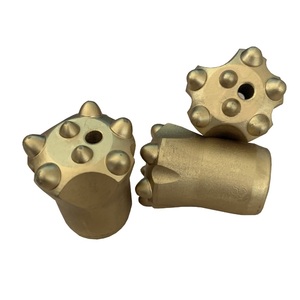



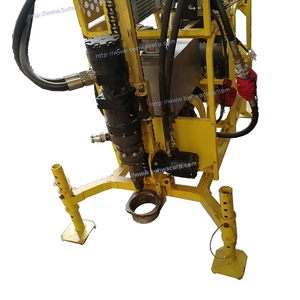

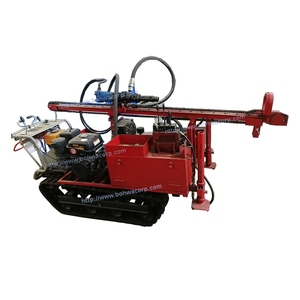
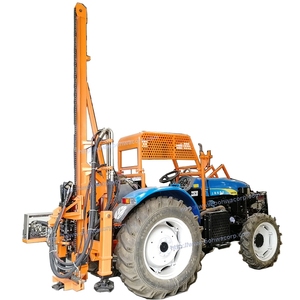


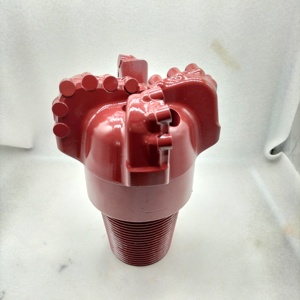









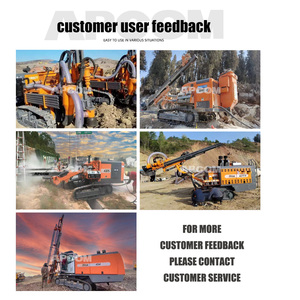





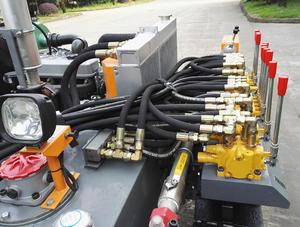

















































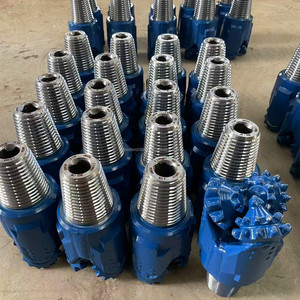



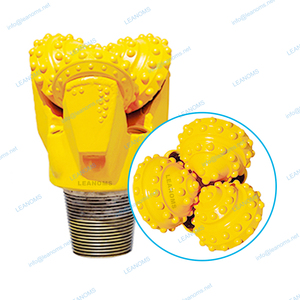

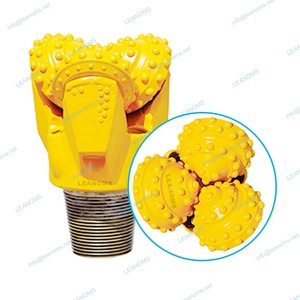





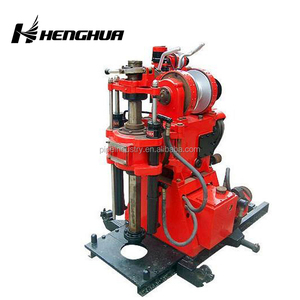






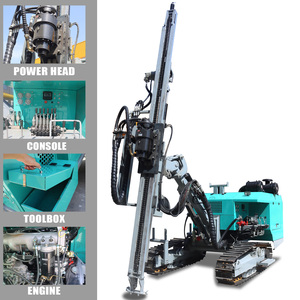
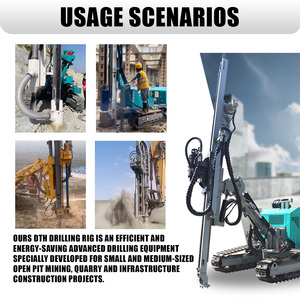



























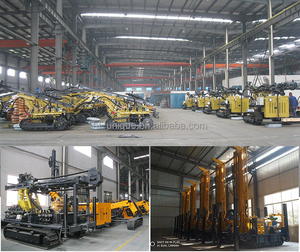

Production blast hole
The purpose of a production blast hole is to break large-scale ore or rock to facilitate material handling. In open-pit mines, these holes are usually drilled in a pattern. The arrangement of holes involves spacing, layout, and angle of the holes and may vary according to the geologic conditions and the property of rock materials. Apart from this, factors like environmental concerns, and economic efficiency should also be taken into consideration. The optimization of drilling and blasting techniques can increase production while reducing operational expenses.
Controlled blast hole
Controlling the fragmentation of rock is essential to ensure efficient processing, minimize environmental effects, and achieve the desired use of the material. To control the fragmentation of rock, one may conduct a control blast by using a particular arrangement of explosives and blast holes. This may include selecting the appropriate type and amount of explosives, employing precise timing and sequencing of detonations, and utilizing special blast-holding techniques such as pre-splitting or cushioned blasting. Besides, the number and location of blast holes can also be modified to achieve more precise control over fragmentation patterns.
Pre-split blast hole
Pre-split blast holes are used to create a controlled fracture line along the perimeter of a blast area. The process may limit the overbreak and provide a cleaner rock fragmentation. In addition, this technique may help reduce the environmental impact of the blast, as it may limit the amount of rock moved and reduce the potential for ground vibration and fly rock.
Tapered blast hole
Unlike pre-split blast holes, tapered blast holes involve using blast holes with an inverse conical shape. Such holes are also known as feather holes. The holes get wider in the middle or at the top rather than at the bottom. Tapered blast holes may reduce ground vibrations and the amount of rock fragmentation outside the blast area.
DTH blast hole
Usually, three types of drilling methods are used to create DTH (down-the-hole) blast holes, including rotary, percussive, and rotary-percussive combined drilling. Among them, the DTH drilling employs the percussive-only method. A hammer placed at the drill's rear drives the DTH drilling method. This leads to less weight on top of the drill bit. The DTH drilling method can produce blast holes ranging from 2.5 inches to 12 inches in diameter and is suitable for hard rock conditions, especially in blast hole drilling in deep applications.
Proper maintenance is necessary to keep a blast hole drill in good working condition. It is important to routinely inspect the machine for any loose, damaged, or worn parts. All moving components should be regularly and thoroughly lubricated. Follow the machine's maintenance manual closely and regularly change engine oil and filters. The drill bit should also be monitored for any signs of damage or dullness. Repair or replace it if needed. Store the drill in a covered area away from harsh weather when it is not in use. During extremely cold temperatures, make sure to properly winterize the equipment. Schedule a complete hydraulic system check and fluid replacement at least once per year. These simple tasks and precautions will help keep the blast hole drill working effectively and extend its service life.
Drill blasts have numerous uses in different industries.
Selecting the appropriate factors of a material is crucial for ensuring optimal performance, safety, and efficiency during drilling operations. Here are some tips for choosing the right blast holes specs:
Geological Conditions
Before anything else, it is important to analyze the geological conditions of the site, such as rock type, structure, density, and level of fragmentation. For instance, hard rock formations may require large-diameter holes and high-power drills, while soft formations might need smaller diameter holes.
Payload Requirements
Normally, the size and quantities of payloads that need to be transported are determined. It is essential to evaluate the fragmentation of rock materials that are required for the processing operations. Also, the stability of the transportation infrastructure should be assessed. This may influence the selection of blast holes aimed at achieving the desired rock fragmentation and suitable payloads.
Environmental Concerns
In this case, the influence of drilling and blasting operations on neighboring structures, ecosystems, and communities should be addressed. As a result, this may lead to the selection of concentrated blast holes that minimize ground vibration and air blast.
Q1: What are the current trends in blast hole drilling?
A1: Automation and digitalization are the key trends as drillers seek to boost efficiency and cut operational costs, look for greener drill rigs with less fuel dependency and find smart drill rigs with remote monitoring and control capabilities.
Q2: What are the challenges in the blast hole drilling market?
A2: The market faces challenges like the fragmented industry, skills shortage, high dependency on economic cycles, and the calibration between drill holes and the size of blasts, which affect the final drill holes.
Q3: What types of machines are used in blast hole drilling?
A3: The dominant machine is the rotary blast hole drill. Air-hybrids are popular in open-pit mines. The horizontal blast hole drill is suitable for soft rock formations and layered geological structures.
Q4: What are some tips for buying blast hole drills?
A4: Buyers should assess the drill's capacity and configuration against the task at hand. For example, open-pit mines should consider the rotary or air-hybrid drill. Factor in maintenance and technical support from the supplier to prevent downtimes. Spare parts availability and logistics are also crucial to ensuring smooth operations.